The one thing that stands out when observing the processors in the graph opposite – outside of the obvious scale of many – is that the top three performers in terms of milk price are co-ops while the ones at the lower end of the scale have a plc ownership structure (Fonterra being the exception).
Another interesting observation is that while scale is seen as the panacea, Valio, with only 1.8bn litres, is the top payer.
However, upon closer examination it did so at the expense of profitability – making a loss of €25m last year.
FrieslandCampina was a close second, processing 10bn litres. However, it did so while making a 3% margin and €342m in profits. The facts that half its revenues are in Europe and it has strong brands tell only part of the story.
Here in Ireland, processors have been busy investing a similar amount every couple of years in stainless steel to stay ahead of the continuing wave of milk
The company spent €1bn on advertising and promotion of its dairy brands over the last two years. If Ireland’s 8bn litres all went to brands, we would need to spend €400m per year to keep up.
Of course, these players have seen only single-digit volume growth over the past five years in their milk supply.
Here in Ireland, processors have been busy investing a similar amount every couple of years in stainless steel to stay ahead of the continuing wave of milk.
For better or worse, as an industry we have chosen scale in the main over adding value to our existing pool of milk.
Increased price
Arla was another co-op that made no profit in 2018, deciding to pay out all its profits last year to its farmers in the form of an increased milk price, pushing them into third position. Arla, which processes almost 14bn litres, has half its business in brands.
At the bottom of the LTO table is Fonterra, the world’s largest dairy exporter with 50% of its business in powders. It made an after-tax loss of €114m last year on sales of €12bn.
Last year, Irish processors struck the balance of solid milk prices while retaining a profit
While the loss on processing some 20bn litres of milk was after a payment to Danone and the writedown on Beingmate, it has challenges within its underlying business.
Last year, Irish processors struck the balance of solid milk prices while retaining a profit. The challenge will be their ability to do this when at the other end of the dairy market cycle.
Last year, 12,000 member dairy farms in the Netherlands, Germany and Belgium supplied FrieslandCampina with approximately 10bn litres of milk. It had sales of €11.6bn and operating profit of €342m last year.
Half of its business is in Europe, with a third in Asia. Almost half of its sales come from consumer dairy products. Around 10% of sales is in specialised nutrition which includes infant formula.
Its shareholder equity was €3.2bn at year end. It makes an operating margin of 3%.
Over the last five years, milk volumes have increased 10% or almost 1bn litres
It has spent more than €1bn on advertising and promotion of its dairy brands over the last two years. Its operating margin was 3% last year. Over the last five years, milk volumes have increased 10% or almost 1bn litres.
A key FrieslandCampina goal is to add as much value as possible to milk so as to maximise its contribution to member dairy farmers’ incomes. It does this through the payment of performance premium and the issue of member bonds, which are paid on top of a guaranteed price.
Danish farmer-owned co-op Arla paid out all of its net profits last year to its 10,300 farmer members across seven countries.
This saw it distribute €290m or €26,000 on average to its farmers in the form of a 2.3c payment for every litre of milk supplied to the co-op during 2018.
The co-op had revenues of €10.4bn. It processed 13.9bn litres and all its suppliers are paid one milk price set with the ambition to reach a target net profit margin of 2.8-3.2%.
Arla’s stated goal is to secure a competitive milk price for its farmer owners
Over the last five years, volumes grew 2.5% or 333bn litres. Last year, it began a €400m cost-cutting programme over the next three years, allowing it to reinvest €100m into key growth areas.
Arla’s stated goal is to secure a competitive milk price for its farmer owners. In order to achieve this, the co-op creates value per kg of milk mainly through the creation of strong brands.
Brands account for almost half of its business. Its main Arla brand is a €3bn business while its butter brand, Lurpak, has sales of €560m.
Finnish dairy farmer co-op Valio is owned by 15 dairy co-operatives, comprising some 5,100 dairy farmers. It had sales of €1.7bn and made a loss of €25m last year as it paid out more to farmer suppliers for milk.
Valio processed just over 1.8bn litres of milk last year, which was down 5% or 100m litres compared to five years earlier.
Total R&D investment for 2017 stood at almost €29m, which equates to 2% of sales. Valio launched 122 new products in Finland and international markets last year.
Exports of fresh dairy products to other markets are limited by distance
It is facing many challenges including that population growth is slowing in Finland, which means there is little potential for sales to grow organically.
Exports of fresh dairy products to other markets are limited by distance. Shareholder equity stood at €0.5bn at year end.
DMK, the German-based co-op of 6,900 farmers, processes 5.6bn litres of milk annually. It has seen a continued decline in its dairy farmers, as many discontinued milk production.
In view of the falling milk volume, DMK said it will channel its milk into the profitable product areas.
The co-op made an operating profit of €72m last year on sales of €5.6bn. It benchmarks its milk price against that of a defined peer group of 11 dairies.
It sees its home market as the linchpin where it wants to have a strong and profitable position. As one of the largest cheese manufacturers in Europe, cheese is a stated core competency.




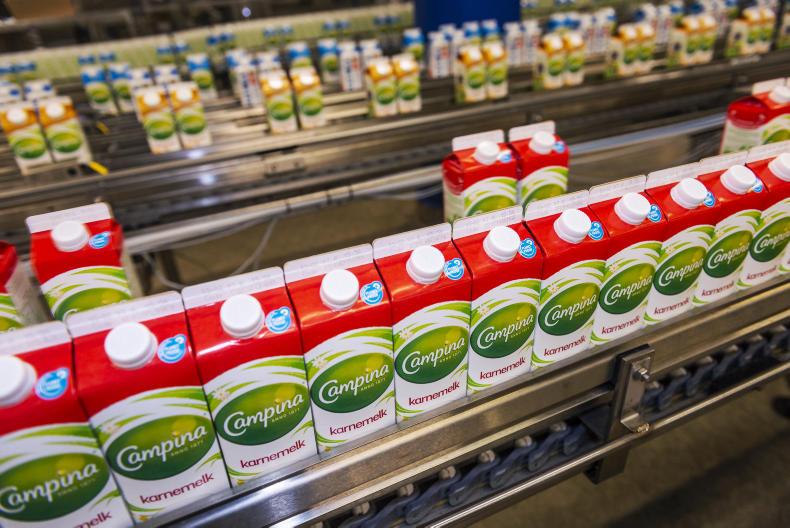
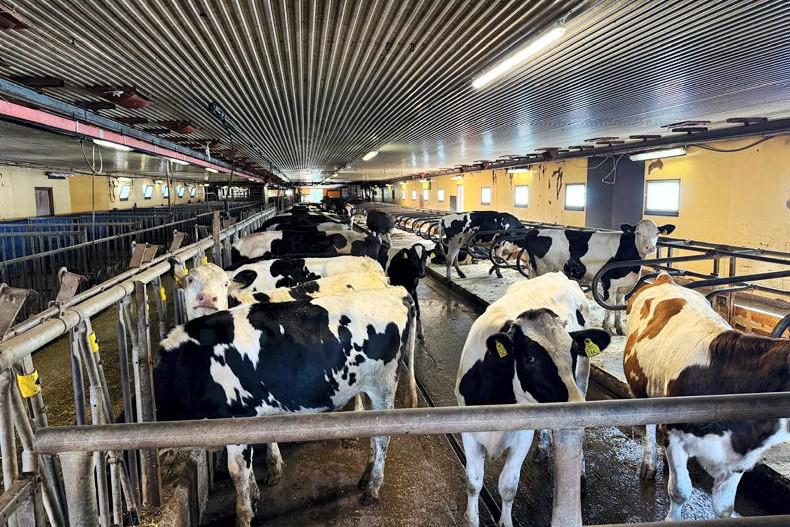

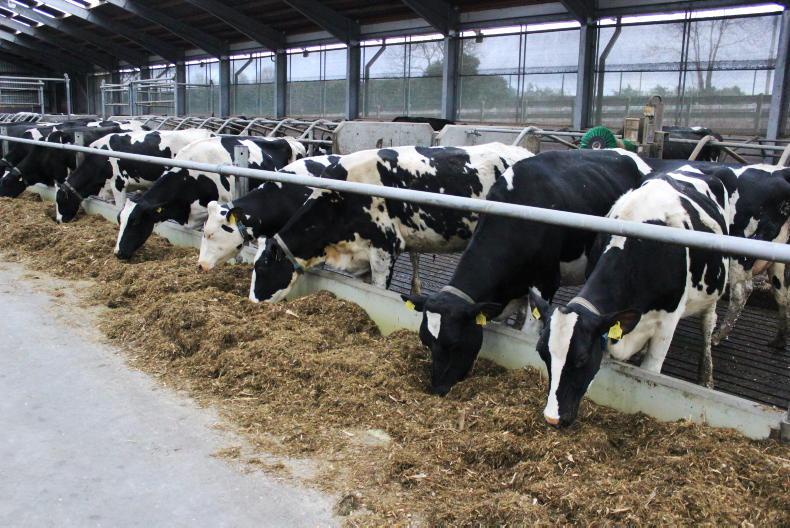
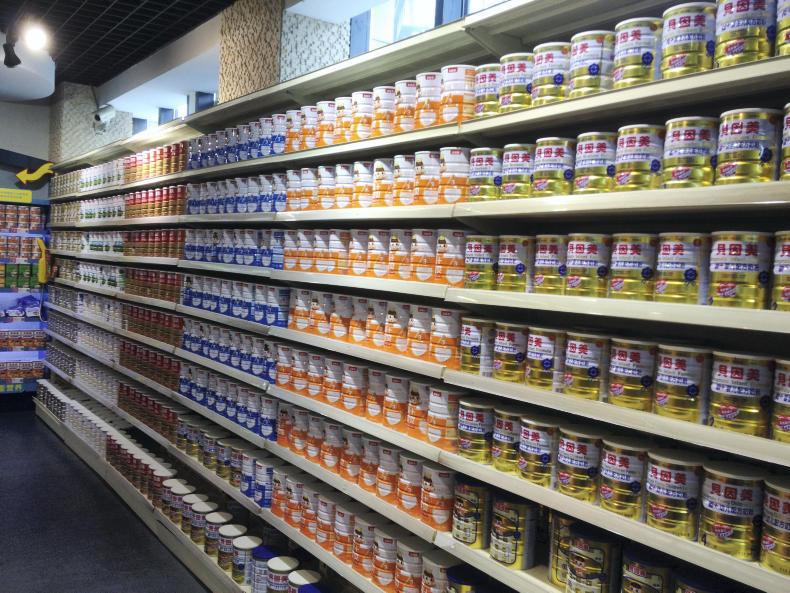
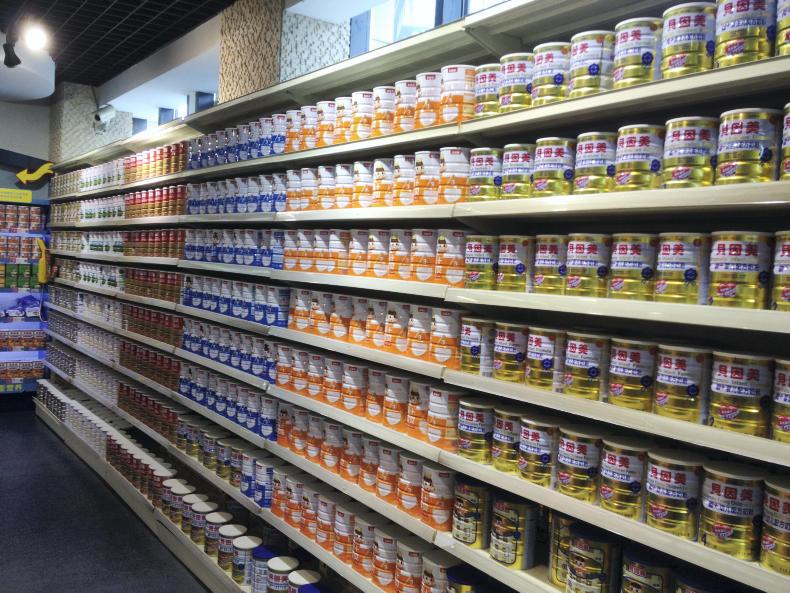
SHARING OPTIONS